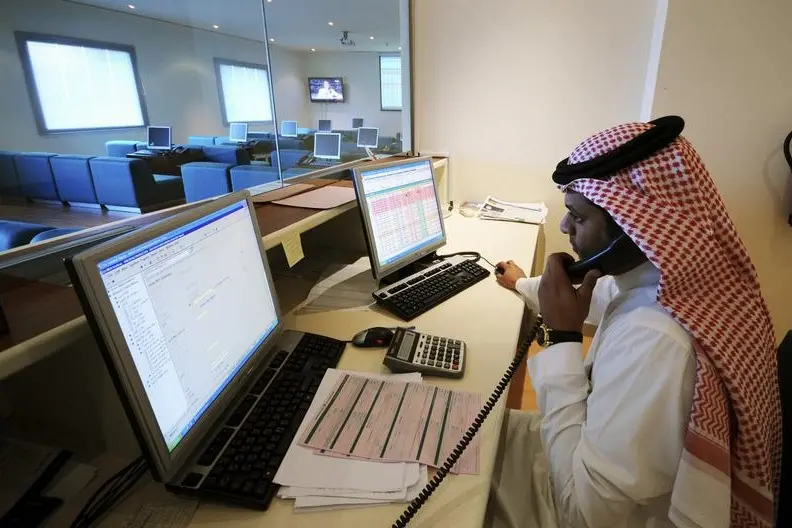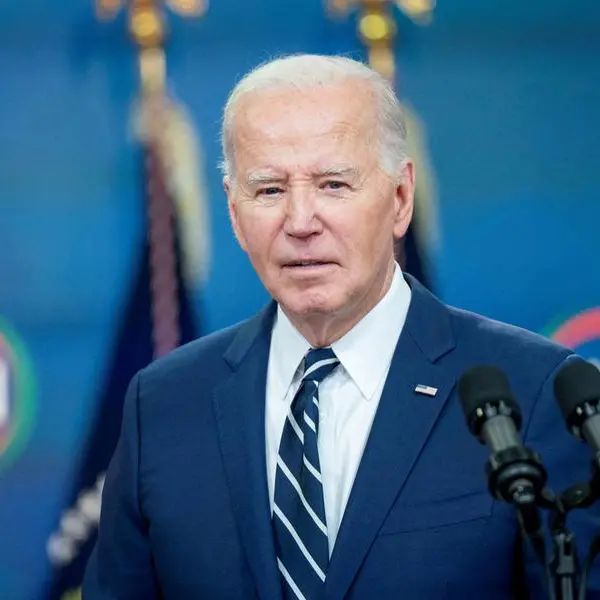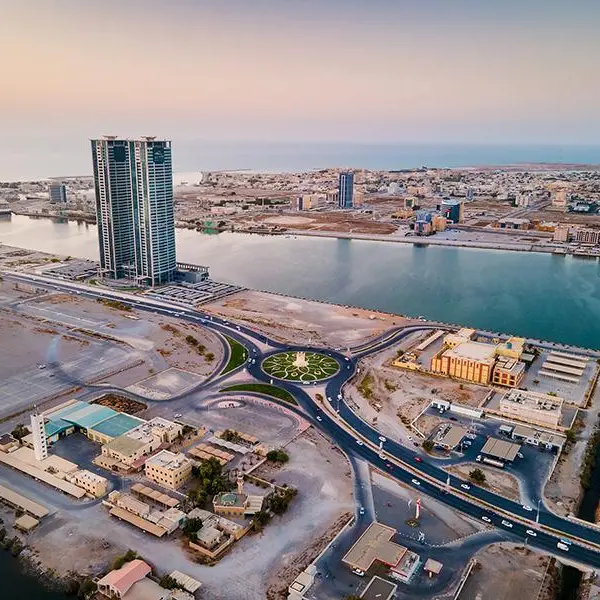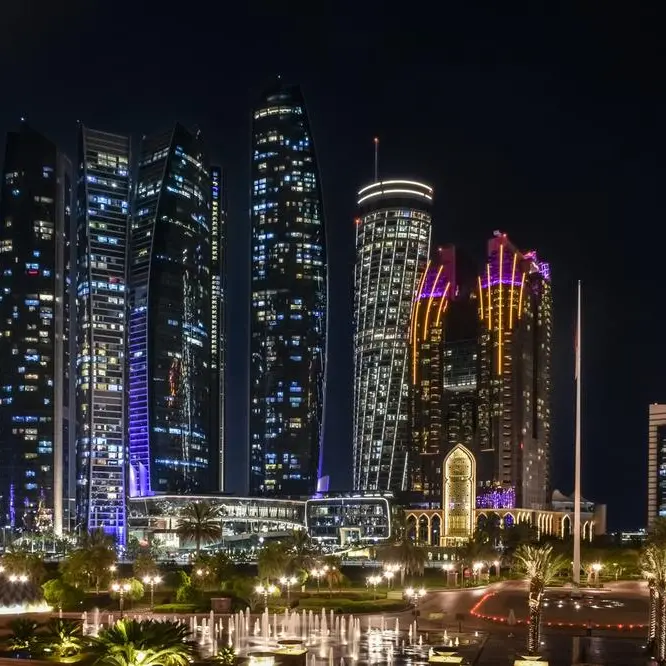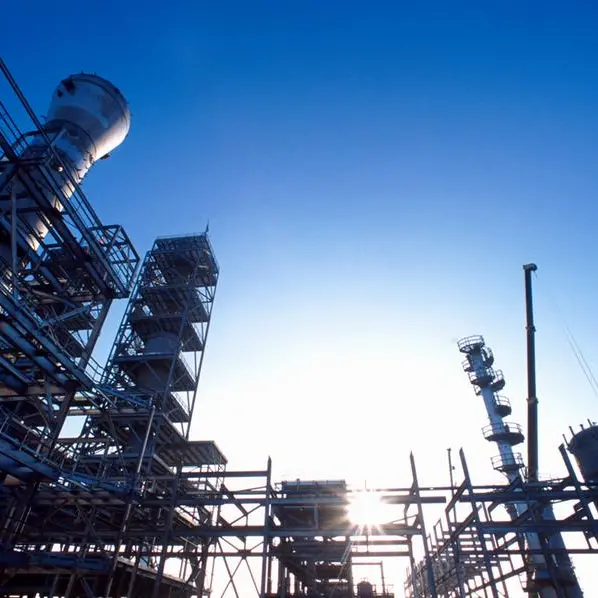PHOTO
07 March 2017
JEDDAH: The Saudi banking sector’s aggregate monthly profit recovered in January 2017 after the steep year-end decline in December, said a report issued by Al-Rajhi Capital.
Analysts at Al-Rajhi said that the sector is benefiting from repricing of assets given the higher benchmark rates on a year-on-year basis and is also seeing non-performing loans (NPL) concerns alleviate due to the improved liquidity situation and government payments.
Nevertheless, they said, credit growth to the private sector is expected to remain subdued after growing at the slowest annual pace in 7 years during 2016.
Citing the Saudi Arabian Monetary Agency’s (SAMA) monthly data the report said that aggregate banking sector profit surged 16 percent year-on-year in January to reach SR4.35 billion ($1.16 billion), the highest monthly profit ever reported. Owing to the continued fall in the prices of food and beverages and the high base effect of fuel and electricity prices in January 2016, the report said that the economy also witnessed deflation for the first time in more than 10 years in January 2017.
However, analysts believe that overall inflation is expected to pick up during the second half of the year following the expected revision in fuel and utility prices. Consumption patterns remain weak on a year-on-year basis though it has improved on a month-on-month basis.
Saudi crude production fell by more than what was expected after the Organization of the Petroleum Exporting Countries’ (OPEC) deal effective January 2017 signaling oil markets about the Kingdom’s commitment to the deal and to probably ease market concerns about compliance at an aggregate level. Saudi non-oil PMI data indicated that manufacturing activity accelerated in the month of January.
Non-oil private sector’s Purchasing Managers’ Index (PMI) reached the highest level in 17 months, rising to 56.7 in January 2017, from 55.5 in December 2016, supported by a rise in output and new business, the report said. Banks’ claims on the private sector rose at the slowest pace since February 2010, by 1.8 percent year-on-year in January 2017, while deposits grew marginally in the same month.
Saudi Arabia’s foreign reserve assets in January 2017 declined at the slowest yearly pace in 15 months. The government is planning another round of international bond sales, which may help in reducing further drawdown in foreign assets. Saudi international bond yields with five- and 10-year maturities dropped on a monthly basis to 2.604 percent and 3.589 percent respectively in February. On the equity front, the Tadawul All Share Index (TASI) declined 1.8 percent month-on-month in February 2017, versus a monthly fall of 1.5 percent in January 2017.
JEDDAH: The Saudi banking sector’s aggregate monthly profit recovered in January 2017 after the steep year-end decline in December, said a report issued by Al-Rajhi Capital.
Analysts at Al-Rajhi said that the sector is benefiting from repricing of assets given the higher benchmark rates on a year-on-year basis and is also seeing non-performing loans (NPL) concerns alleviate due to the improved liquidity situation and government payments.
Nevertheless, they said, credit growth to the private sector is expected to remain subdued after growing at the slowest annual pace in 7 years during 2016.
Citing the Saudi Arabian Monetary Agency’s (SAMA) monthly data the report said that aggregate banking sector profit surged 16 percent year-on-year in January to reach SR4.35 billion ($1.16 billion), the highest monthly profit ever reported. Owing to the continued fall in the prices of food and beverages and the high base effect of fuel and electricity prices in January 2016, the report said that the economy also witnessed deflation for the first time in more than 10 years in January 2017.
However, analysts believe that overall inflation is expected to pick up during the second half of the year following the expected revision in fuel and utility prices. Consumption patterns remain weak on a year-on-year basis though it has improved on a month-on-month basis.
Saudi crude production fell by more than what was expected after the Organization of the Petroleum Exporting Countries’ (OPEC) deal effective January 2017 signaling oil markets about the Kingdom’s commitment to the deal and to probably ease market concerns about compliance at an aggregate level. Saudi non-oil PMI data indicated that manufacturing activity accelerated in the month of January.
Non-oil private sector’s Purchasing Managers’ Index (PMI) reached the highest level in 17 months, rising to 56.7 in January 2017, from 55.5 in December 2016, supported by a rise in output and new business, the report said. Banks’ claims on the private sector rose at the slowest pace since February 2010, by 1.8 percent year-on-year in January 2017, while deposits grew marginally in the same month.
Saudi Arabia’s foreign reserve assets in January 2017 declined at the slowest yearly pace in 15 months. The government is planning another round of international bond sales, which may help in reducing further drawdown in foreign assets. Saudi international bond yields with five- and 10-year maturities dropped on a monthly basis to 2.604 percent and 3.589 percent respectively in February. On the equity front, the Tadawul All Share Index (TASI) declined 1.8 percent month-on-month in February 2017, versus a monthly fall of 1.5 percent in January 2017.
© Arab News 2017
